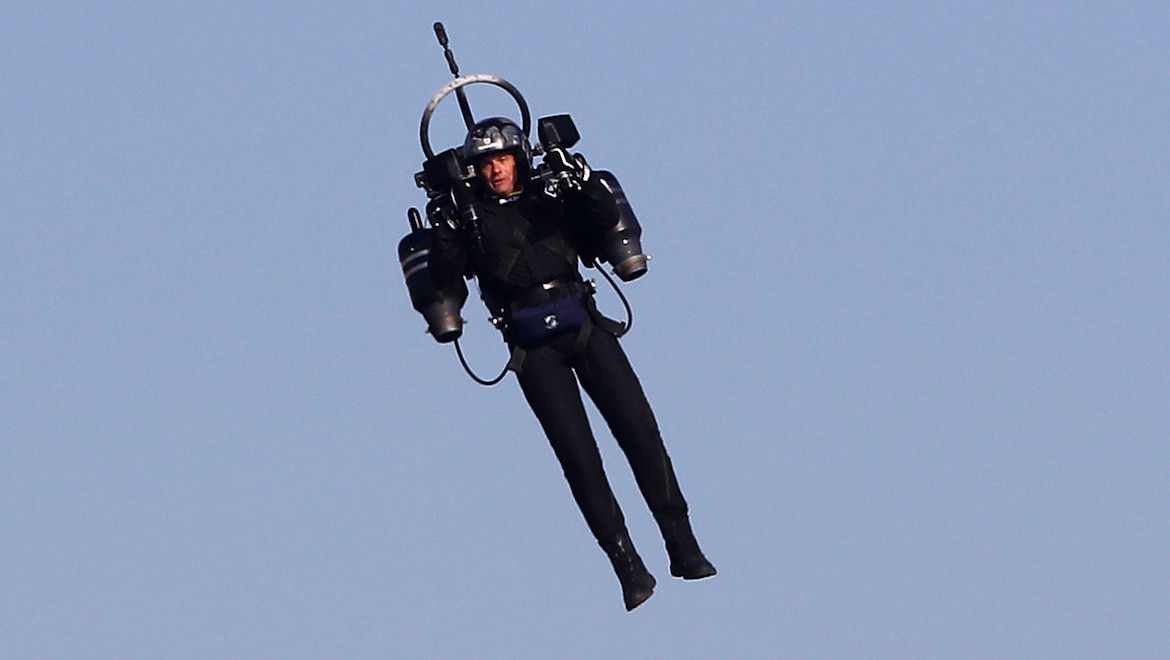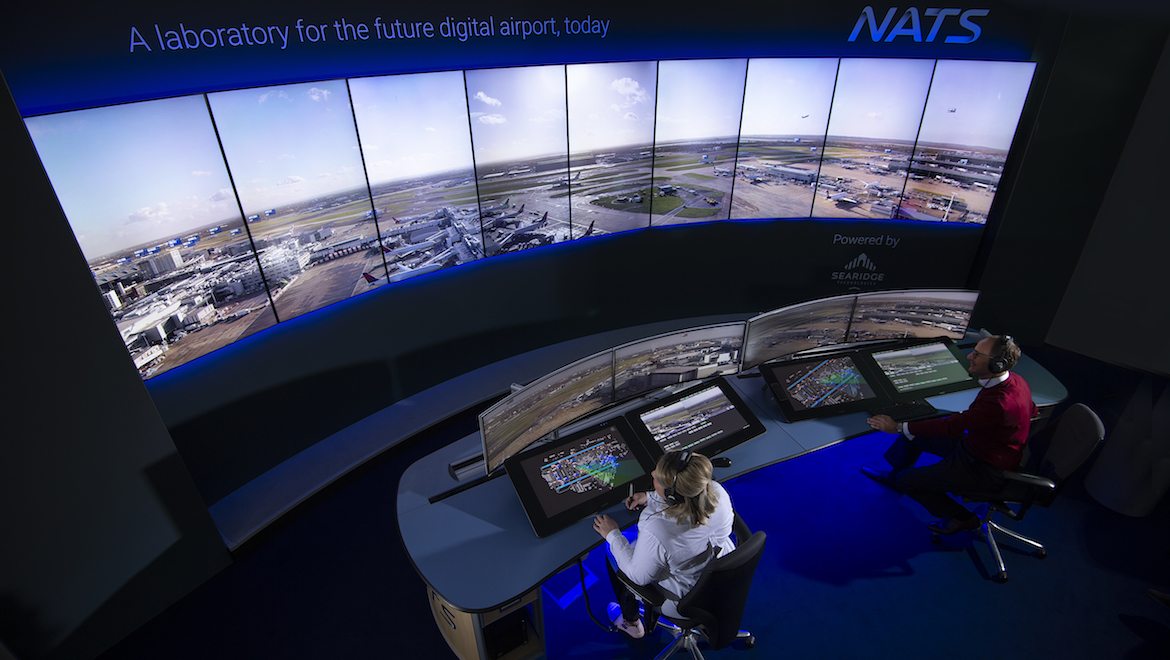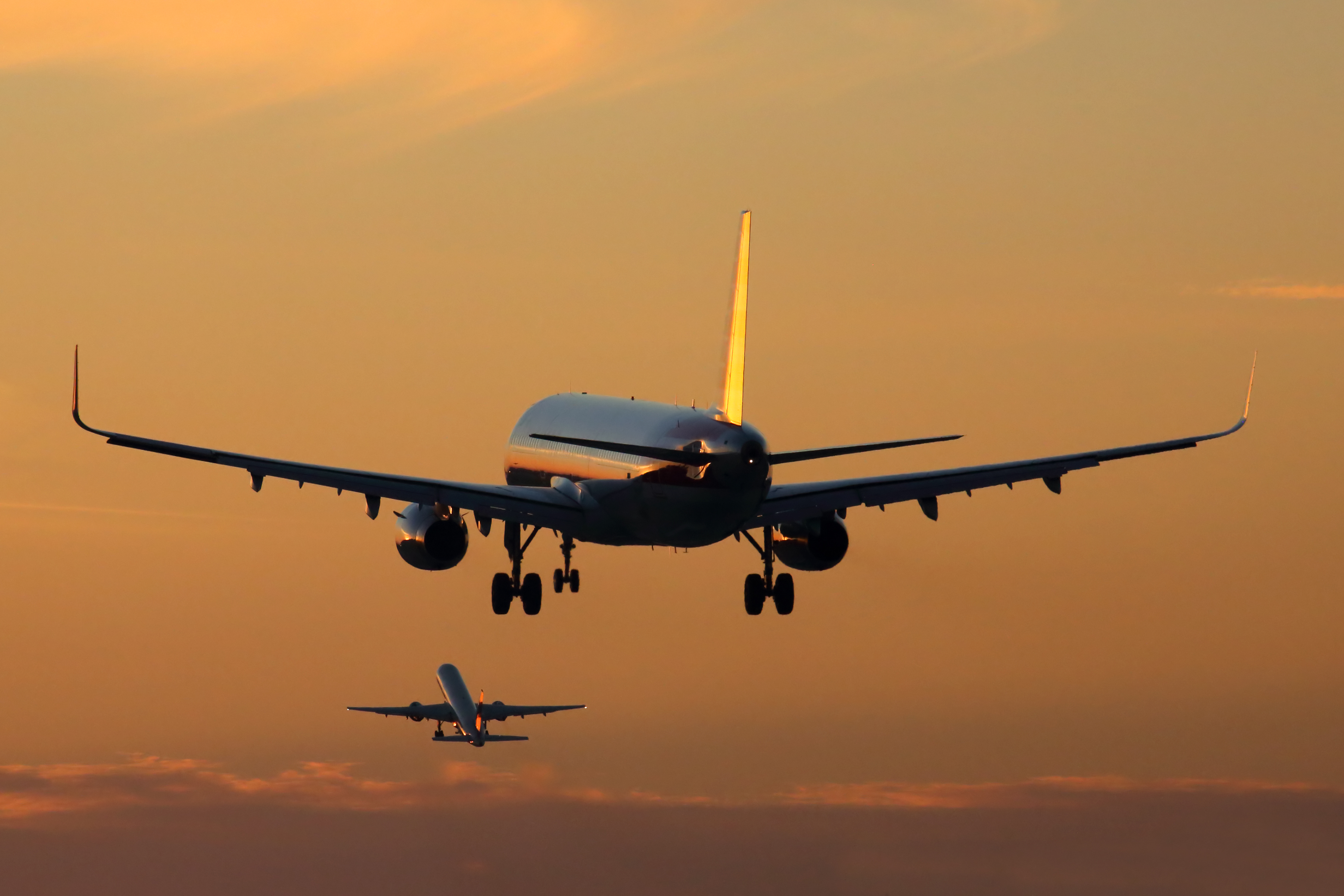
The Royal Flying Doctor Service has endorsed the rollout of the Automatic Dependant Surveillance Broadcast (ADS-B).
The system is a satellite-based technology enabling aircraft to be accurately tracked by air traffic control and other pilots, particularly in areas of limited radar coverage. Air traffic controllers are now able to provide pilots with radar-like separations resulting in more aircraft being able to use preferred flight routes. The technology also offers improved access to flight levels with more efficient diversions around bad weather and restricted areas.
“The Royal Flying Doctor Service fully supports ADS-B and the benefits of using this technology,” Chief Pilot RFDS WA Western Operation, Michael Bleus said in a statement. “Patient care is of most importance to us and using ADS-B has assured that we are able to transfer patients to the destination hospital faster than before. ADS-B allows air traffic controllers to see us on their screens when we are in remote regions of northern Western Australia. It has made any off-track diversions a lot shorter and tracks to our destinations much more direct.”
Airservices says that 97 per cent of all airline flights in Australia above 29,000 feet are being conducted with ADS-B surveillance, and that two-thirds of all Australian registered business jets have been fitted with the system.












